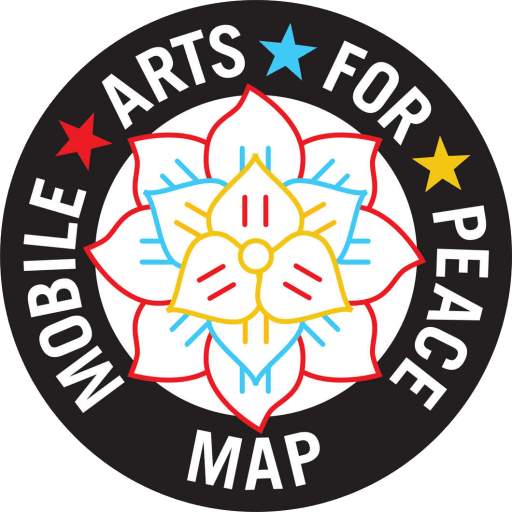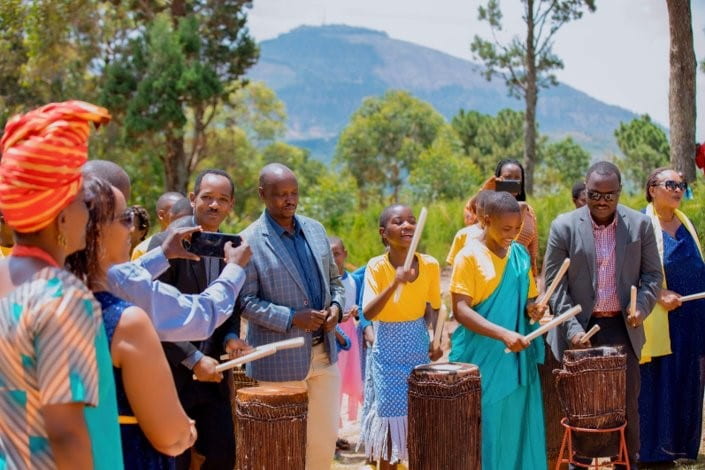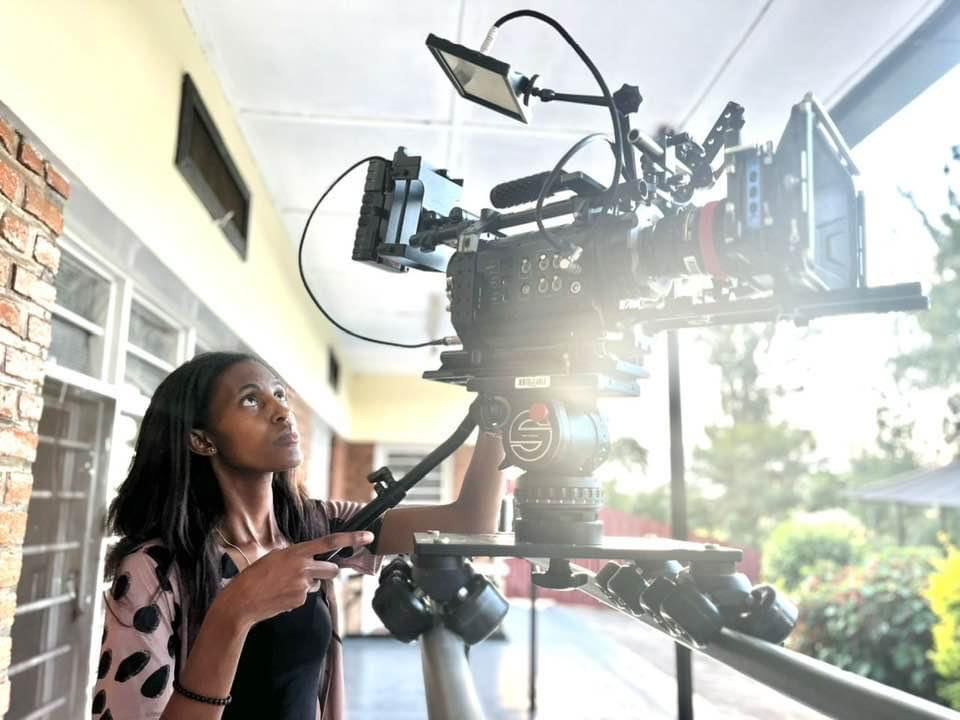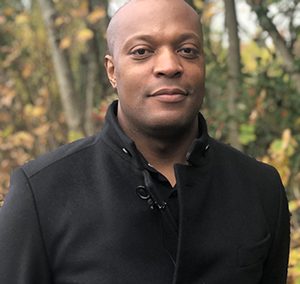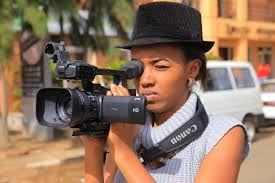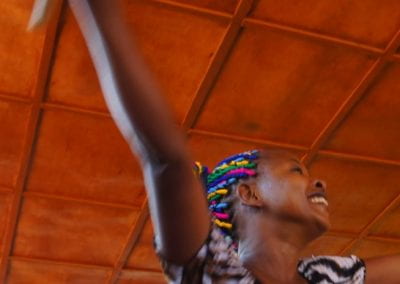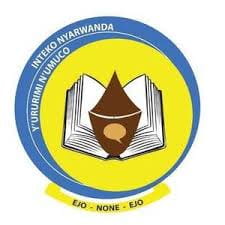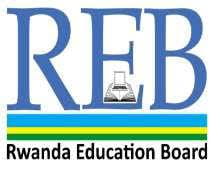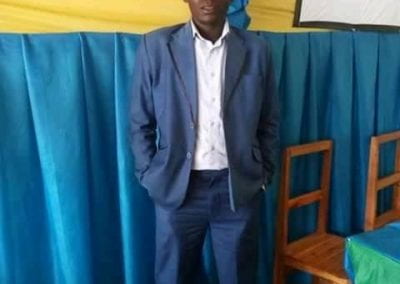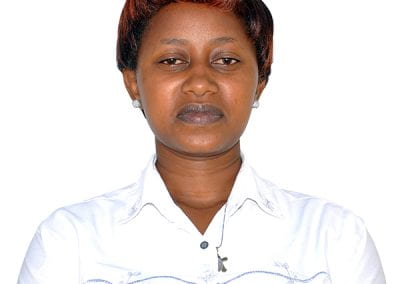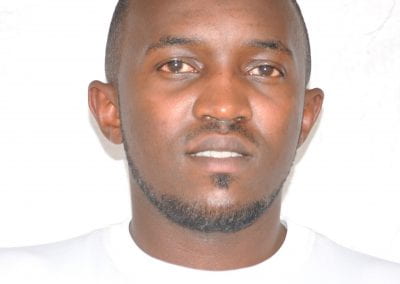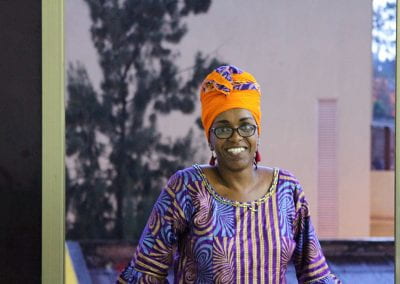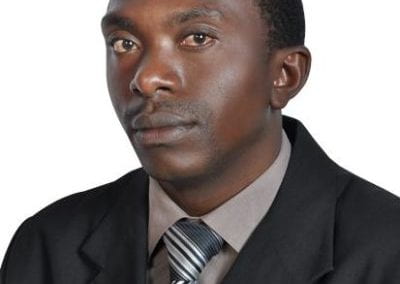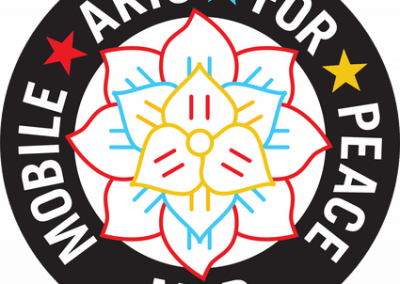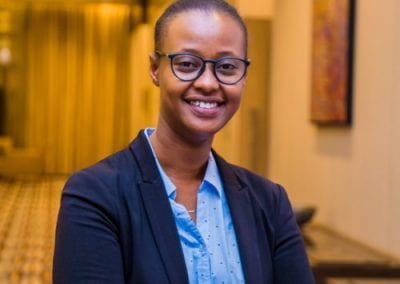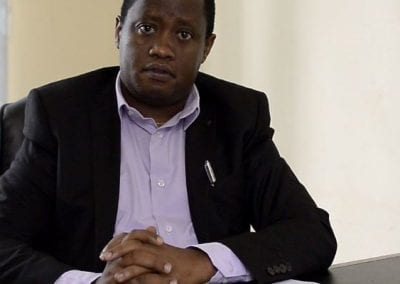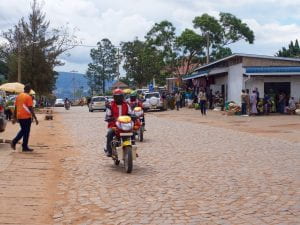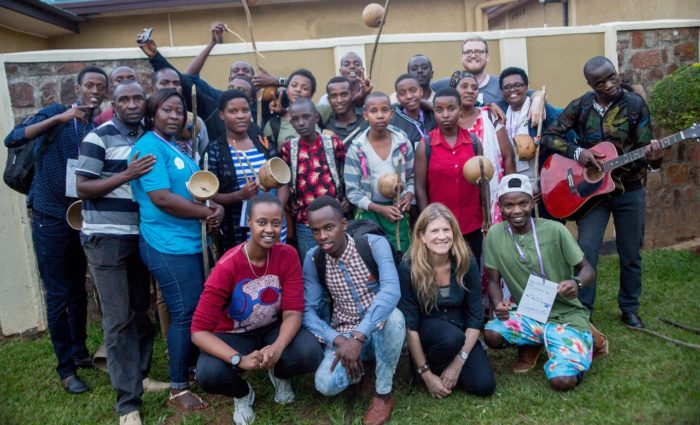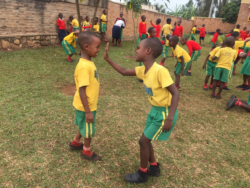Current projects
Expanding inter-generational dialogue through drumming, bicycling and photographic exhibitions
Our three projects in Rwanda are: ‘Gira Ingoma – One Drum Per Girl’ led by Gakire Katese Odile (PI) from the Woman Cultural Centre (WCC); Visualising Peace led by Dr. Tom Martin (PI) from the University of Lincoln‘; and ‘Picturing the Past, Present & Future’ led by Dr Marlon Lee Moncrieff (PI) from the University of Brighton. They are all concerned with everyday peacebuilding processes that extend inter-generational dialogue in artistic, physical and thought-provoking ways.
‘Picturing the Past, Present & Future’ spans across 2 countries and is outlined under Nepal.
Gira Ingoma – One Drum Per Girl
Drumming, dance and creative workshops/festivals, enabling girls to address inequality by exploring their empowerment through non-traditional creative roles.
Visualising Peace
Using film-making and art exhibitions to address the barriers young people face in engaging and influencing community members and policy makers.
The ‘Gira Ingoma – One Drum Per Girl’ project is partnering with Ingoma Nshya, Women’s Initiatives (INWI) and No fit State (Wales) in Rwanda to offer 80 workshops over 10 months in drumming, warrior dance, poetry, singing and juggling.
Through these workshops, 250 girls from 10 primary and secondary schools in Huye district, with the support of their teachers and trainers, will engage in quarterly dialogue workshops/festivals with targeted policy makers across school, sector, and/or province and national levels.
The girls will communicate their cries for gender equality and proposed solutions through songs, poetry, videos, and drumming performances.
In Visualising Peace, partner organisations UNM, the Kwetu Film Institute, and Never Again Rwanda are developing a participatory action research model that supports young participants to decode the barriers to their civic engagement, explore their political agency, and communicate their ambitions to community members and targeted policy makers.
The focus is on raising mental health awareness through youth-led arts exhibitions. The project will produce a set of films made in collaboration with young people at the Kwetu Film Academy, as well as young people previously involved in MAP Phase 1.
These films will be shared at a symposium with arts-based creations to innovatively communicate with civil society and policy makers.
The process will be captured in an academic article and the co-produced training manual.
Our partners
MAP Activities in Rwanda - Phase One
In Rwanda, MAP will aim to influence national curricula and youth policy working with the Rwanda Basic Education Board (REB) and other key educational and cultural organisations in Rwanda.
MAP will work with the Institute of Research and Dialogue for Peace (IRDP) and the University of Rwanda (UR) to inform the National Curriculum in the subjects of Music, Dance and Drama. The emphasis of this project will be to establish networks and alliances for children and youth to inform policymakers on issues of importance to their lives, especially pertaining to peacebuilding through arts-based methods.
The project will work alongside the Rwanda Basic Education Board (REB) and the Ministry of Education (MINEDUC) who work in close collaboration with our partner the University of Rwanda and the Ministry of Youth and Culture via our partner the Rwanda Cultural Heritage Academy (RCHA) and the Ministry of ICT and Innovation. Additionally, it will work with the National Rehabilitation Service (NRS), National Children Commission and National Children Summit to focus on marginalised children and youth advocacy.
Co-Investigator Dr. Eric Ndushabandi (IRDP) will work across the Western, Northern, Southern, and Kigali City and ensure that 20 children/youth are trained in each district in MAP arts-based methods and engaged in policy dialogue. Additionally, Co-Investigator Dr. Sylvestre Nzahabwanayo (University of Rwanda) will establish indirect pathways to impact by addressing the gap between policy makers, researchers and the community and through establishing communication structures using arts-based methods to inform policy. This will build upon the outcomes of the Ubwuzu which created pathways to policy.
Additionally, MAP will partner with the Women’s Cultural Centre and Ingoma Nshya to explore the use of drumming to address gender inequalities; and with Rwanda Cinema Centre to support digital innovation and further dissemination of MAP related projects
MAP in Rwanda has produced a Theory of Change which summarises the team’s approaches and aspirations for the project in Rwanda. They have also produced a list of core partners working with MAP in Rwanda, including cultural artists, schools and policymakers.
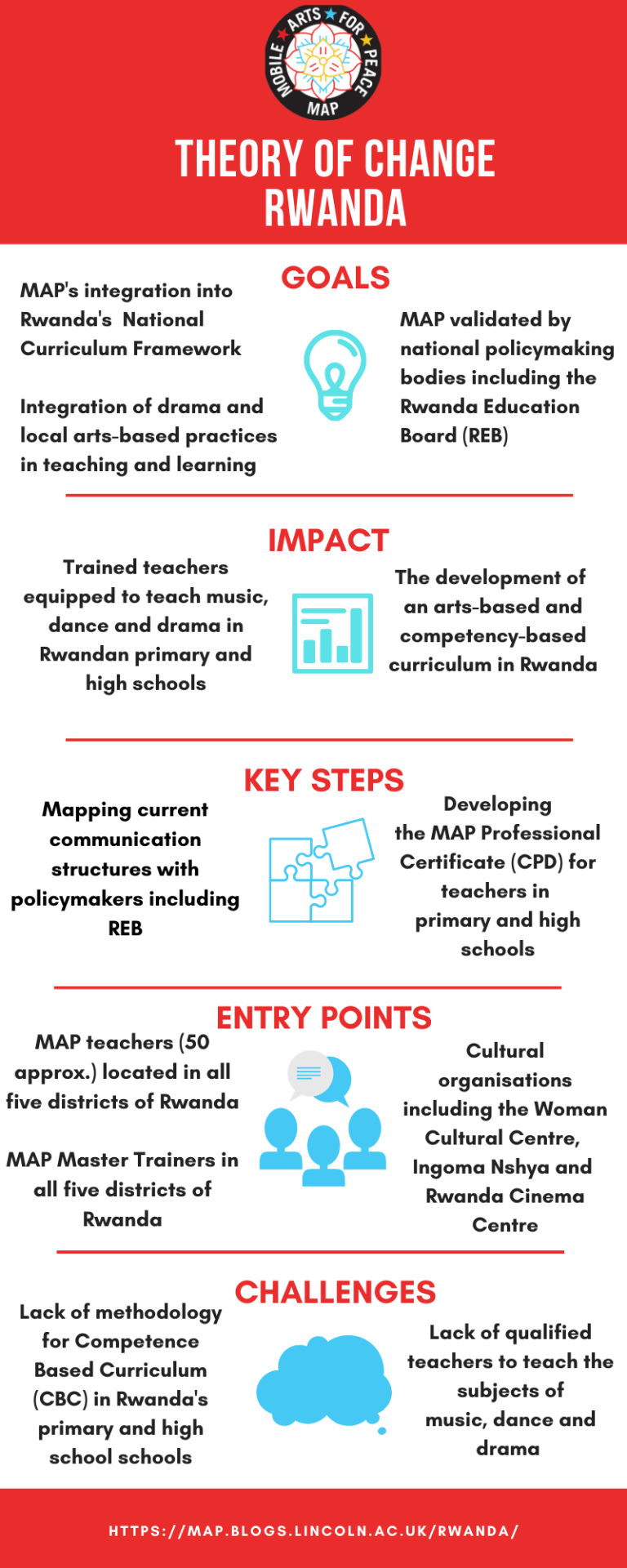
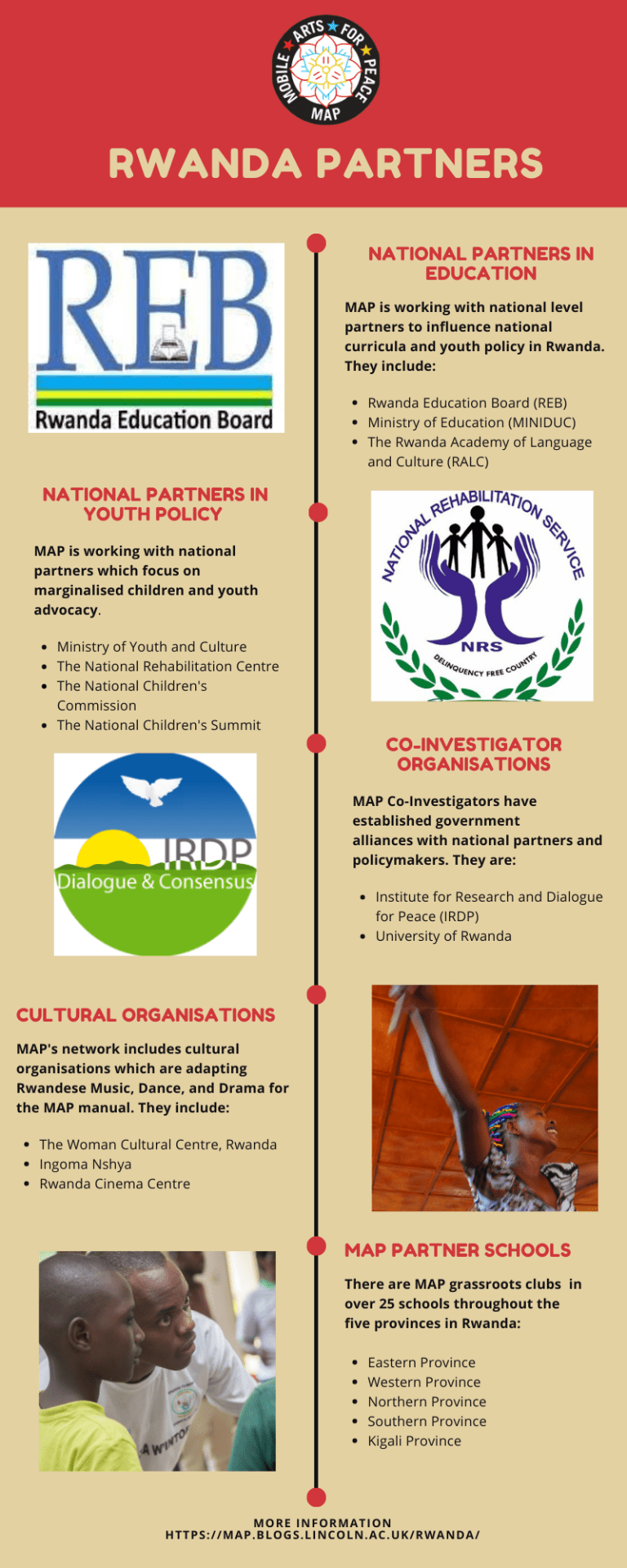
Population (2019)
Official Languages
%
% of Women in Population
%
Youth Population Age 0-34 (2019)
Rwanda: An Overview
(Extracts from the Rwanda Prime Minister’s Office).
Rwanda is a landlocked country situated in central Africa. Also known as ’The Land of a Thousand Hills’, Rwanda has five volcanoes, 23 lakes and numerous rivers, some forming the source of the River Nile. The country lies 75 miles south of the equator in the Tropic of Capricorn, 880 miles ’as the crow flies’ west of the Indian Ocean and 1,250 miles east of the Atlantic Ocean – literally in the heart of Africa. Rwanda is bordered by Uganda to the north, Tanzania to the east, Burundi to the south and the Democratic Republic of Congo to the west.
Anyone visiting ’The Land of a Thousand Hills’ is in for a multitude of surprises. The loveliness and variety of the landscapes in this ’green country’ is dominated to the north by volcanoes and bordered by Lake Kivu to the west.
In Rwanda the great animals of the wild are protected from poachers and roam free in the vast national parks. The Volcanoes National Park in the Virunga volcanic mountains with its high altitude forests is world famous for mountain gorillas – timid and passive family oriented giants. The Park is teeming with wildlife both large and small, while Lake Kivu to the west offers beautiful beaches, jutting peninsulas and an archipelago of islands.
A brief History of Rwanda
For centuries, Rwanda existed as a centralized monarchy under a succession of Tutsi kings from one clan, who ruled through cattle chiefs, land chiefs and military chiefs. The king was supreme but the rest of the population, Bahutu, Batutsi and Batwa, lived in symbiotic harmony. In 1899, Rwanda became a German colony and, in 1919, the system of indirect rule continued with Rwanda as a mandate territory of the League of Nations, under Belgium.
From 1959, Batutsi were targeted, causing hundreds of thousands of deaths and sending almost two million of them into exile. The First Republic, under President Gregoire Kayibanda, and the second, under President Juvenal Habyarimana, institutionalized discrimination against Batutsi and subjected them to periodic massacres.
The Rwandese Alliance for National Unity (RANU) was formed in 1979 by Rwandan refugees in exile, to mobilize against divisive politics and genocide ideology, repeated massacres, statelessness and the lack of peaceful political exchange. In 1987, RANU became the Rwandese Patriotic Front (RPF). On 1 October 1990, the RPF launched an armed liberation struggle that ultimately ousted the dictatorship in 1994 and ended the genocide which cost more than one million lives – Batutsi and moderate Bahutu who opposed the genocidal regime.
After Kigali fell to RPA (RPF’s armed wing) on 4 July 1994, RPF formed a Government of National Unity headed by President Pasteur Bizimungu, bringing parties that did not participate in the genocide together. In 2000, Parliament voted out President Pasteur Bizimungu and RPF appointed then Vice-President and Minister of Defence, Major General Paul Kagame as the President of the Republic to lead the coalition government. In 2003 President Paul Kagame was elected with a landslide majority to serve a term of seven years. During those seven years, the country made unprecedented socio-economic and political progress and consolidated peace, stability as well as social cohesion among Rwandans.
In 2010 and 2017, President Paul Kagame was re-elected to serve the second and third term respectively, on a platform of rapid development for the transformation of the lives of all Rwandans.
You can learn more about what genocide means and Rwanda’s Justice & Reconciliation processes here.
Our work in Rwanda and Changing the Story
I started realizing the impact of MAP. I spent the whole of high school lower level being closed to myself. Whenever I faced a problem, I used to keep it for myself instead of being open and share it to others seeking support. After engaging with MAP, I became open to other people. Now when I meet a problem, I seek advice from peers
MAP in Rwanda began as a practice-as-research project supported by the Global Challenges Research Fund (GCRF) and the Arts and Humanities Research Council (AHRC) as part of a larger project entitled Changing the Story: Building Inclusive Societies with and for Young People in Post-Conflict Countries. The aim of MAP in Rwanda was to work with young people, educators, cultural artists and civil society organisations to inform the National Curriculum Framework in Music, Dance and Drama in Rwanda. Read more about Changing the Story on our dedicated webpage.
Championed by Dr. Eric Ndushabandi from the Institute of Research and Dialogue for Peace (IRDP) and Prof. Dr. Ananda Breed from the University of Lincoln, MAP worked alongside partners to design and deliver project activities.
In 2018, MAP was launched in the Eastern Province of Rwanda. Initial activities included a curriculum workshop with cultural artists to inform the methodology, a training of trainers with educators to adapt the methodology to local and regional contexts, and a youth camp to train young people as facilitators working alongside the adult educators to develop drama clubs and to integrate the methodology into schools.
In Rwamagana, MAP worked with five schools, ten cultural organisations, twenty-five educators, and ten young people to design and deliver the MAP methodology. Following the training events, youth and adult trainers extended the training to an additional 62 educators and 526 young people by the December 2018.
Thanks to Laure Iyaga, MAP is a peace building initiative in Rwanda that integrates mental health awareness and support for its participants. In addition to offering workshops and counselling during MAP activities, Sana offers ongoing support to MAP youth and adult trainers.
Teachers, cultural artists and young participatns gather for a photo at the youth camp, December 2018. Photo Deus Kwizera
On 24 January 2019, the Institute for Research and Dialogue for Peace (IRDP) launched their role as co-investigator of Mobile Arts for Peace (MAP) at a stakeholder meeting in Kigali, Rwanda, attended by the Rwanda Education Board (REB), Ministry of Education, Ministry of Sports and Culture, Ministry of Youth, Ministry of ICT and Innovation and numerous distinguished guests. Dr. Sylvestre Nzahabwanayo from the College of Education, University of Rwanda, also gathered research findings based on interviews and focus groups with MAP youth and adult trainers, cultural artists, and stakeholders (read more about this here)
Thanks to Ubwuzu AHRC follow on impact funding, in 2019 MAP youth and adult trainers from Rwamagana district have trained adult educators and young people in Gicumbi, Rubavu, Nyamasheke, Huye and Kicukiro using the same structure as the pilot phase, as well as inviting MAP adult and youth trainers to apply for small grants to continue expanding the programme, and a Mobile Filmmaking Workshop for adult and youth trainers with Eric Kabera from Kwetu Film Institute.
Young people participate in MAP activities at a Rwamagana Schoool, September 2018. Photo Kurtis Dennison
MAP is playing an increasingly important role in the shaping of the National Curriculum in Rwanda, thanks to their partnership with the Rwanda Education Board (REB). The partnership with REB has the potential to shape the national arts curriculum of Rwanda through curriculum and textbook development and MAP alignment with already existing REB trainings. The invitation to partner MAP trainings with REB trainings will assist in areas where funding is not available, while also delivering impact and sustainability.
[1] Independent Project Assessment Report “Youth Theater for Peace,” conducted in 2011 in Kyrgyzstan and Tajikistan.
Since its initial position as one of Changing the Story’s Phase 1 projects, MAP has received numerous additional fundings to extend the work of the project both in Rwanda and across the world. You can find out more about the story of MAP on our About Us page.
